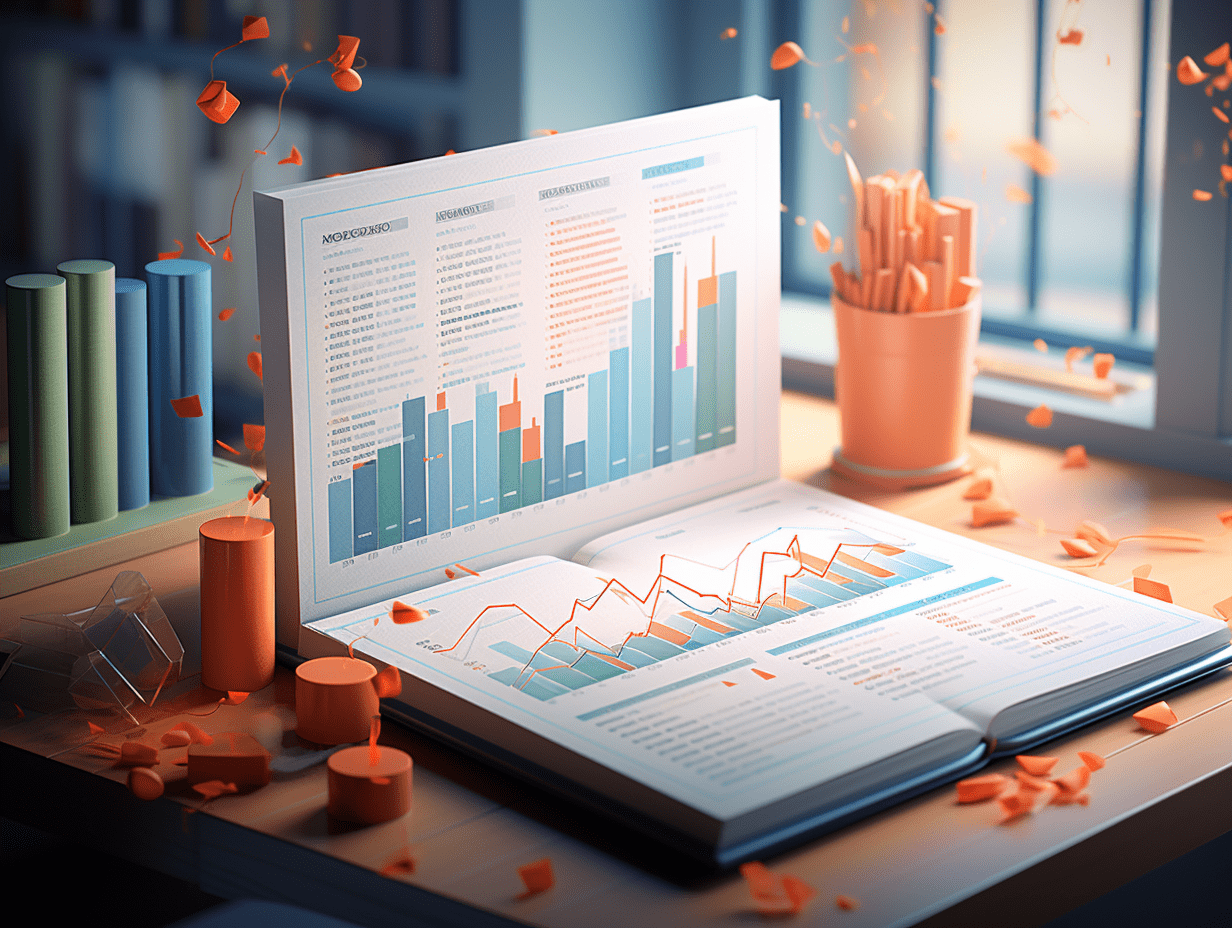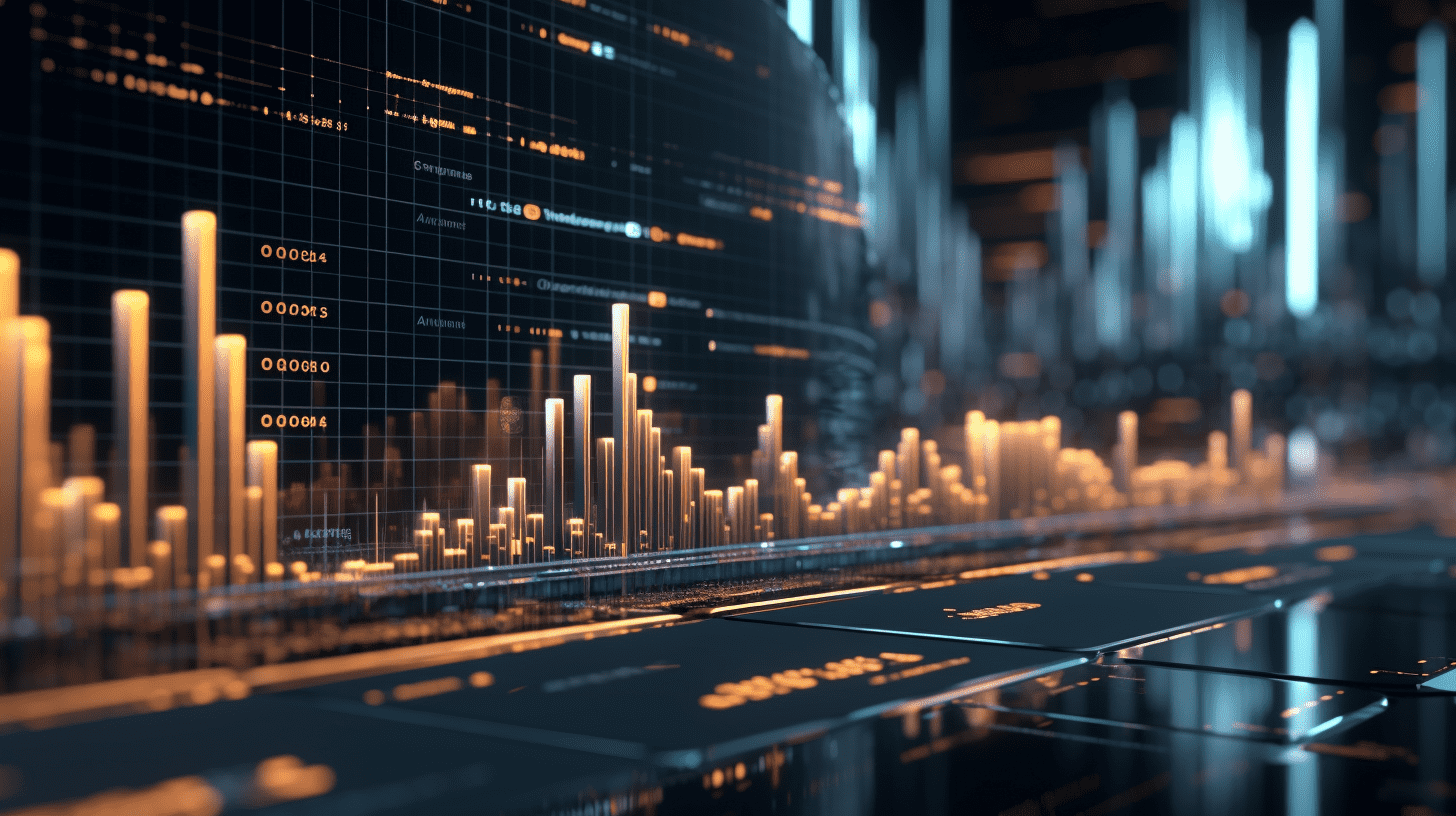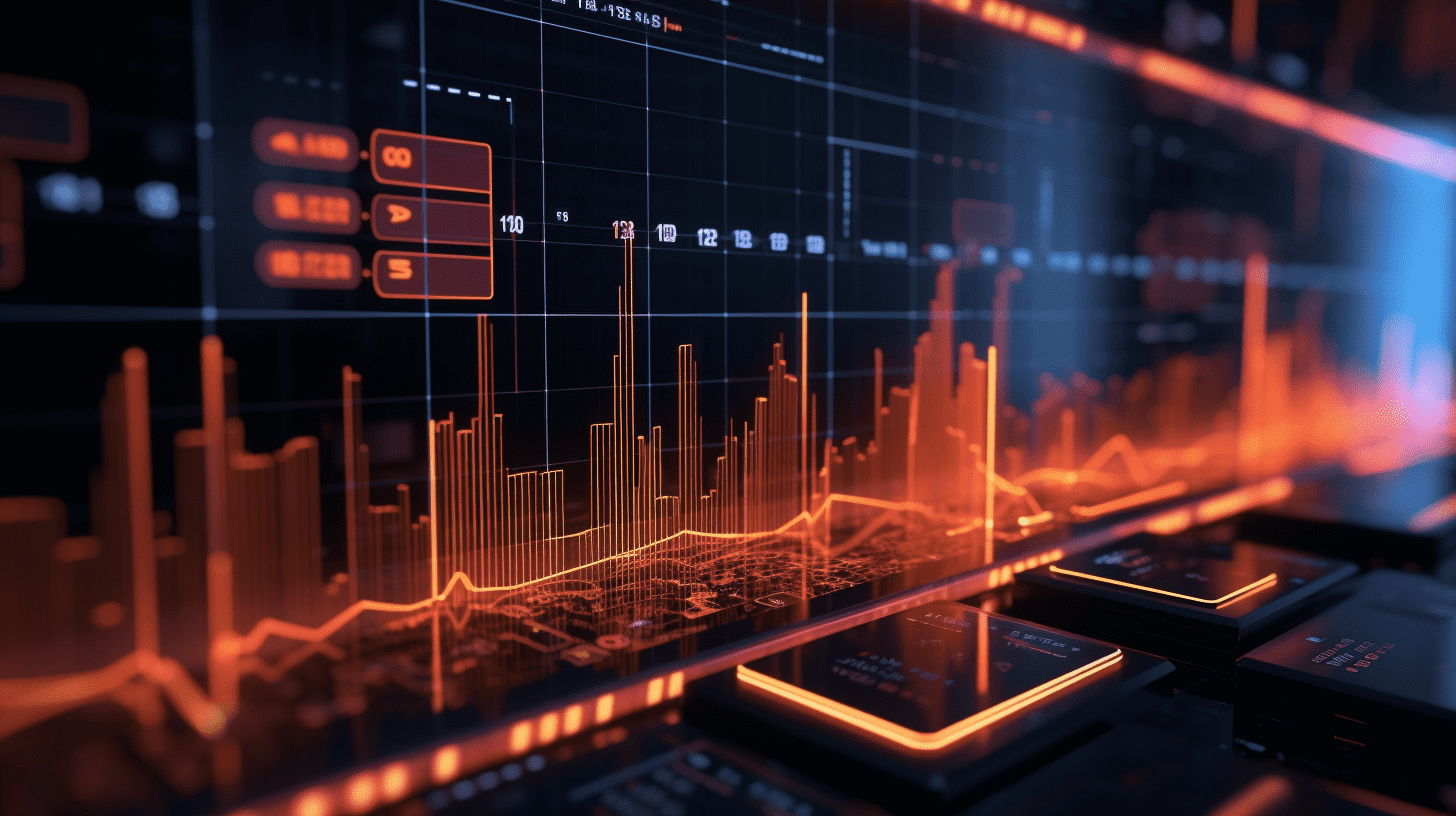The global wave of interest rate cuts may have reached its peak, can the market continue to stand tall after the liquidity feast?
The global interest rate cut cycle may have reached its peak. The question now is when, or if, the currently booming market will start to feel pressure.
The global interest rate cutting cycle may have peaked. The question now is when, or if, the current roaring markets will start to feel the pressure.
Data from Bank of America shows that in the past two years, the number of interest rate cuts globally has exceeded that during the global financial crisis of 2007-2009. Although this only counts the number of rate cuts and not the extent of loosening, it reflects the historic scale of rate hikes implemented to combat inflation in 2022-2023.
But it seems that this cycle has now turned. This does not mean that global easing has stopped, as central banks in many countries, including the Federal Reserve, are still expected to cut rates further. Instead, the cumulative number of rate cuts in the future is expected to decrease.
On the surface, the end of ultra-loose monetary policy means that the financial environment in the future will no longer be as loose. But perhaps contrary to intuition, historical data shows otherwise. After the past three major easing cycles reached their peaks, there was an expansion of profit cycles and a steady rise in the stock market.
Will this situation play out again? It might be possible, but considering the bubble-like valuations in many markets currently, the outcome is not set in stone.
Diversified holdings, sector rotation
Analysts at French Industrial Bank suggest that the peak of the easing cycle may be a bullish signal for Wall Street. They believe that this indicates that profit growth will broaden and accelerate.
Manish Kabra, Head of US Equity Strategy at French Industrial Bank, said that the cycle peak is a "strong signal" to diversify investments into other market areas such as small-cap stocks and stocks with lower leverage. He pointed out that usually, investors reduce their equity exposure only when they start factoring in the start of the rate hike cycle.
"Historically, the peak of the easing cycle signals that the market is confident that profit growth will accelerate," Manish said, citing the previous peaks in August 2020 and September 2009, both of which were followed by strong stock market performance.
Of course, there are significant differences between the current period and those two times, including the current stock prices and valuation levels. In September 2009 and August 2020, Wall Street was just recovering from historic plunges, while today the stock market is at historical highs.
This may imply that the current market may need to adopt a more defensive risk allocation. However, Kabra downplayed the bubble-related comments. The S&P 500 index has a profit growth rate of about 12% this year, but if you exclude stocks related to the "artificial intelligence boom," this number drops to just 4%.
Everything returns to liquidity
Since the beginning of this year, almost all major asset classes have seen increases, except for oil, the US dollar, and some long-term bonds. Even the unpopular and criticized US Treasury bonds have seen a rebound.
But there are many different driving factors behind these increases globally. The artificial intelligence boom has injected strong momentum into Wall Street, bets on the surge in defense spending have lifted European stocks, and the prospect of massive fiscal easing has boosted stock prices in Japan and China.
However, Standard Chartered Bank said that the common force driving these asset increases is liquidity, and it is abundant.
Eric Robson, Global Research Director and Chief Strategist at the bank, said that the broad rebound starting from the low point in April (covering stocks, bonds, commodities, and cryptocurrency) can be seen as a "financial environment trade." In an extremely uncertain global economic and geopolitical background, how else could almost all asset classes rise simultaneously?
Of course, "liquidity" is not solely determined by monetary policy, and not even mainly determined by monetary policy. Factors like bank reserve ratios, the availability and demand for private sector credit, and overall risk appetite are key factors in shaping the rather abstract concept of "liquidity."
But if interest rate changes are seen as a rough substitute indicator for liquidity, at least a directional signal, then we are at a turning point.
Robson believes that the "abundant" liquidity brought by over 150 rate cuts in the past 12 months has far exceeded investors' concerns about growth. If the liquidity valve gradually closes, even if only slowly, investors' risk appetite may face a test.
"If there is no extra 'air,' can the market continue to thrive at current highs?" Robson asked. The answer may soon be revealed.
Related Articles

US consumer confidence drops to the lowest level in over three years, with slight increase in inflation expectations for the next year.

Canada's job market unexpectedly rebounded in October, with the unemployment rate dropping to 6.9%.

The Federal Reserve is caught in a "data black hole": Government shutdown leads to critical economic data missing, December rate cut path divergence may worsen.
US consumer confidence drops to the lowest level in over three years, with slight increase in inflation expectations for the next year.

Canada's job market unexpectedly rebounded in October, with the unemployment rate dropping to 6.9%.

The Federal Reserve is caught in a "data black hole": Government shutdown leads to critical economic data missing, December rate cut path divergence may worsen.

RECOMMEND

Short Positions on Xiaomi (01810.HK) Surge 53% in a Week as Memory Price Spike Weighs on Sentiment
07/11/2025

Privatization Wave in Hong Kong Stocks: Exiting Liquidity Traps to Enable Strategic Transformation
07/11/2025

Over 30 Foreign Firms Attend Roundtable as Ministry of Commerce Signals Multiple Policy Shifts
07/11/2025


